For decades, the Hajógyári Island was present in the public discourse in Budapest as a rough place, often with news that could be linked to underworld vendetta or other similar activities. In the summer, the also dividing Sziget Festival and Children’s Island was here, so it was never a quiet park suitable for recreation. Last year, with the coronavirus, this changed significantly. Years ago, old factory buildings were evacuated and last and this year, every outdoor festival avoided the island. As a result, the Hajógyári Island was added to the map of Budapest as a very peaceful leisure area that really fulfilled its function.
It was also possible to approach it in the summer of 2019 with BKK ships: this means of transport is quite cosy, although routes to the island have not been restarted since the beginning of the pandemic, and their fate remains uncertain. BKK buses also go into the island to the central paved area, but if visitors arrive on four wheels it is worth leaving the car in the parking lot at the so-called K-Bridge. The island is connected essentially by two bridges with Óbuda: the already mentioned K-Bridge and the H-Bridge. The K-Bridge is named after the supporting structure of the bridge, the name of the H-Bridge comes from the initial of the shipyard ('hajógyár'), it has nothing to do with the structure.
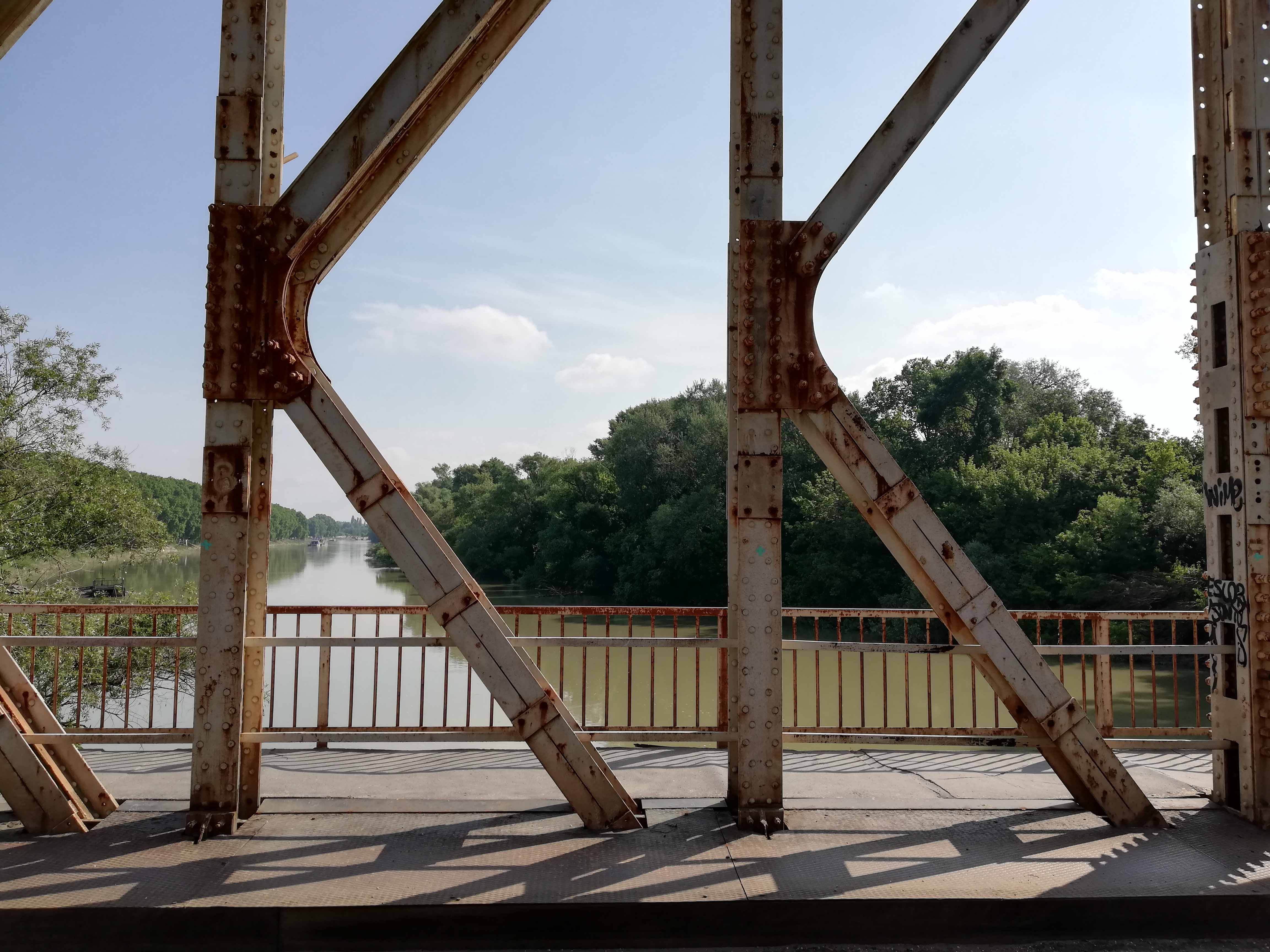 One of the bridges leading to the Hajógyári Island got its name from the K-shaped supports (Photo: Orsolya Putz/pestbuda.hu)
One of the bridges leading to the Hajógyári Island got its name from the K-shaped supports (Photo: Orsolya Putz/pestbuda.hu)
Perhaps it is worth mentioning here that, according to the new plans, both bridges are expected to be replaced, and used steel elements of the Southern Railway Bridge, which is currently being demolished, will be installed here. This can also be a very good idea due to the significantly lower load than the railway. Strictly speaking, the Árpád Bridge also affects the island, but this does not create a connection between the island and the coast.
If walkers start their journey through the K-Bridge, it is important to mention here, that it is worth getting off at the Filatorigát with the suburban railway starting from Batthyány Square. Pestbuda also follows this path now, but approaching the island with the ship were found cosier by the writer. It is surprising that on weekdays and also on the weekends, there is much less pedestrian traffic around the entrances of the island than it was before.

Arriving on the island, looking to the left, the big meadow can be seen, here are the enormous stages of festivals (Photo: Dávid Palotás/pestbuda.hu)
Visitors can continue straight on to the Danube Bank on the asphalt road. In the end, they reach the boat dock, where kayakers and canoes stay. The coast is surrounded by a gallery forest on the island, which is essentially a natural floodplain forest. In this section, the coast is densely overgrown and steep, so here, after seeing the opposite Népsziget, it is worth continuing south (i.e., to the right).

View of the Marina Bay Residence (Photo: Dávid Palotás/pestbuda.hu)
The coast is becoming flatter and the vegetation is thinning. Visitors will soon arrive to explore the Aquincum Governor's Palace. Here the excavations stopped, perhaps it is even better, that most of the ruins are not yet on the surface. In this way, however, it is possible to see in small how grandiose the palace of the emperor's governor may once have been. Very nice and spectacular reconstruction pictures can be found of it on the internet. Hopefully, once, if not re-built, but in better condition, a worthy exhibition will open about this significant Roman-era building complex. From here, walking towards the tip of the island, the port can be reached and a nice view of the city centre will be in front of the tourists.
Walking back, staying on the shore, the BKK boat harbour can be reached, here the passengers can get off from the boat service when it is available.
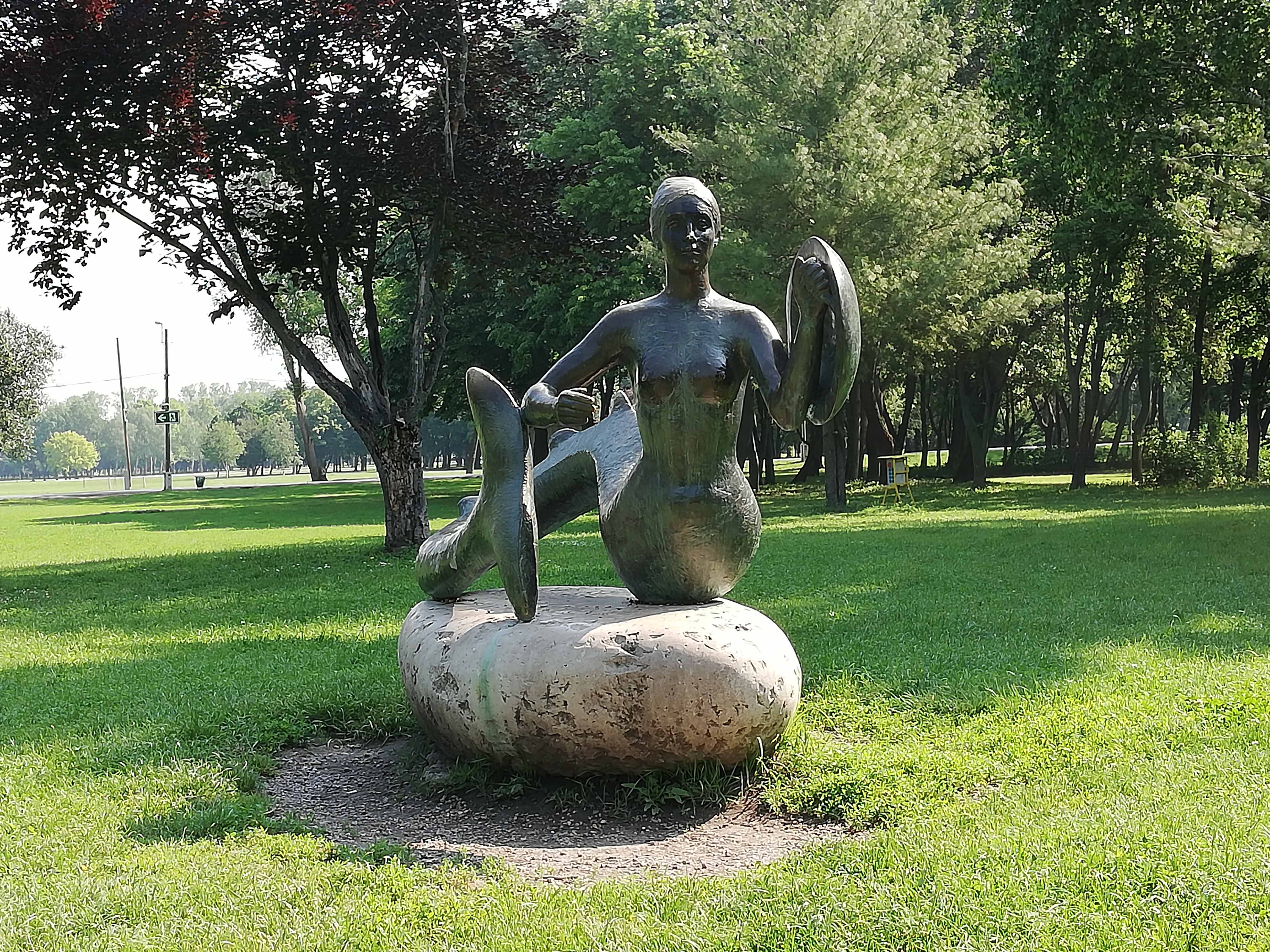
The Mermaid Statue (Photo: Orsolya Putz/pestbuda.hu)
A beautifully carved memorial tree can be found here.
 Monument in honour of Ernő Ladányi (Photo: Dávid Palotás/pestbuda.hu)
Monument in honour of Ernő Ladányi (Photo: Dávid Palotás/pestbuda.hu)
Staying on the shore and continuing further north, visitors can see buildings from the left, and to the right, they get closer and closer to the Northern Connecting Railway Bridge. They pass the dog school, the Honvéd Domino sports complex, and then arrive in the northern corner of the island after 1 kilometre. Going down here on the slope, tourists arrive directly at the floodplain of the Danube, on a gravel-shell base. If the water level of the Danube is not high, the whole forest can be walked on dry feet.

The light of the setting sun filters through the floodplain forest (Photo: Dávid Palotás/pestbuda.hu)
Although bathing is not allowed, in summer, there may not be a day where bathers are not seen here. Probably because of many accidents due to festivals, there is a ban. As the island of Óbuda is in the northern part of Budapest, it is even less polluted and less busy here. This part is also unofficially called the peak of the island. If the visitors walk there, they can also walk into the Danube.

View to the north from the peak of the island (Photo: Dávid Palotás/pestbuda.hu)
Many information and prohibition signs were posted on the border of the gallery forest about what is allowed and what is not. It would be timely to review some of them.
From here, the barren meadow is barely 300 metres from the peak of the island, where nothing is now on display. The smooth-cut grass area offers a captivating sight, on which visitors can lay down at any time.
It is really a real treat on Hajógyári Island in July, so let us take advantage of it. If there are little kids, then going straight from the K-Bridge to the trees, they will find the so-called 'Ródli Hill', where they can choose from slides and climbing frames for children. But if they want to play ball games, there is also a basketball court and a football field. Of course, there is also an era-appropriate outdoor gym, and even a public washroom and toilet are available.
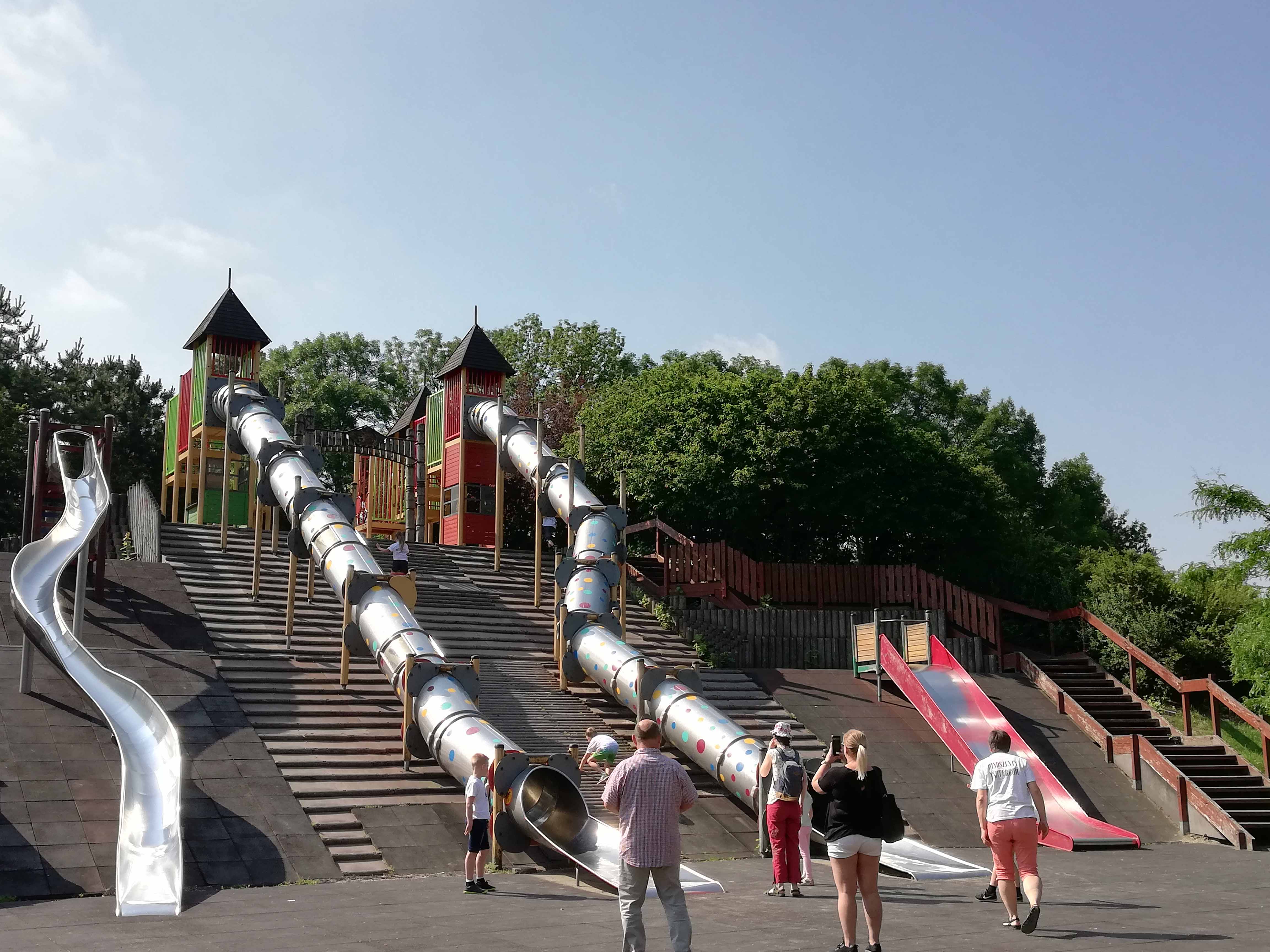
The slide park (Photo: Orsolya Putz/pestbuda.hu)
If visitors head south from here again, but not on the banks of the great Danube, but along the K-Bridge (towards the Árpád Bridge), they reach the other large grassy area, the beginning of the shipyard bay. This, to everyone's surprise, also gave the impression of a collected park.
Hopefully, the somewhat forced rest of the Hajógyári Island will make the decision-makers willing to put it in order and that it can continue to exist according to its original function: as a public park.
There are some development plans to set up a water training base or other facilities on the island. Unfortunately, besides good intentions, these would certainly lead to a transformation and an increase in traffic. Whoever can, should take a look at Óbuda Island in mid-July, because it is an island of tranquillity and recharge. To our surprise, the amount of rubbish is also quite small on the capital's scale, so here again, it is worth thanking those who take care of it (possibly, there is less rubbish on the island due to the decrease in traffic). In any case, by properly transforming the two bridges and the intersections connected to them, while maintaining the character of a public park, it could become an outstanding recreation area of the capital.
The island is also home to several small group events: bird ringings, amateur astronomical observations, and people playing other non-traditional sports (frisbee, petanque) can also be seen. There are many ways to utilize a public park if it serves the residents of the capital. Musical entertainment venues had already moved out of the shipyard buildings, perhaps that was the first step in tidying up the island. There is still a lot to do, but in the meantime, it is worth visiting this dubious island of Budapest, where anyone can still sit comfortably on the banks of the Danube.
Cover photo: The Hajógyári Island (Photo: Dávid Palotás/pestbuda.hu)

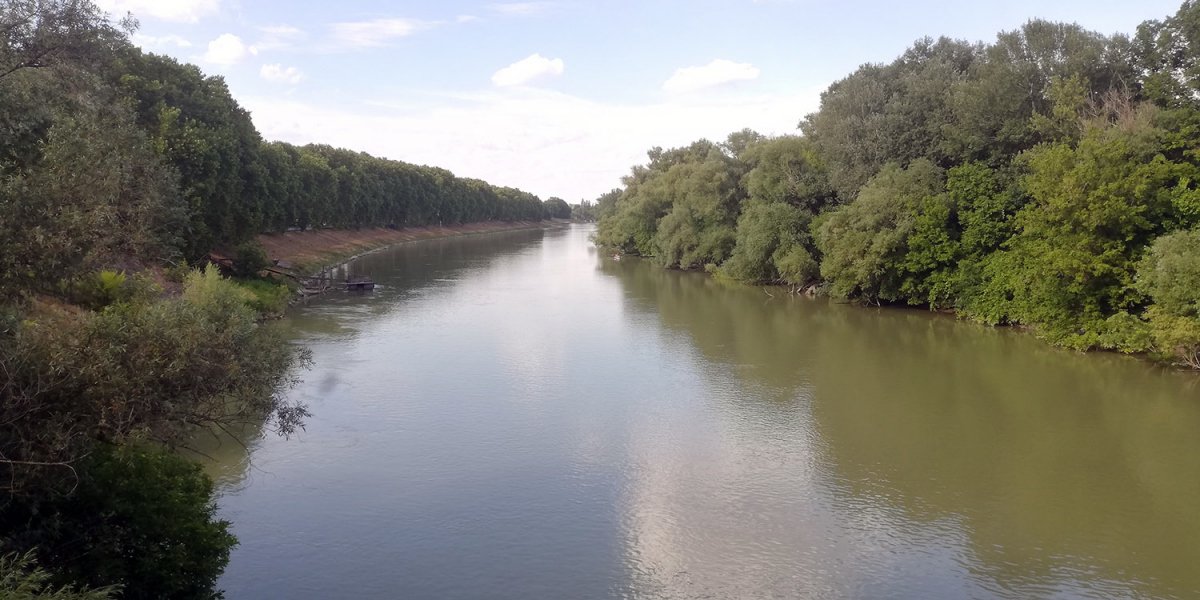
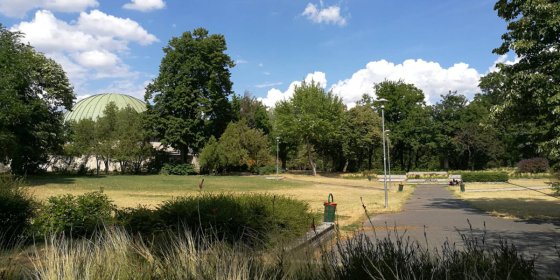
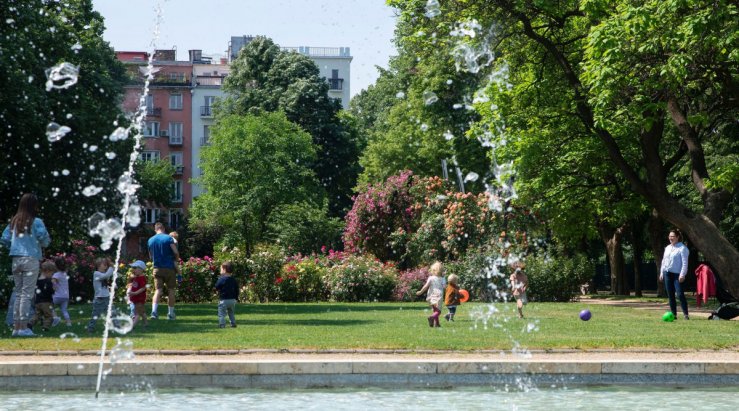
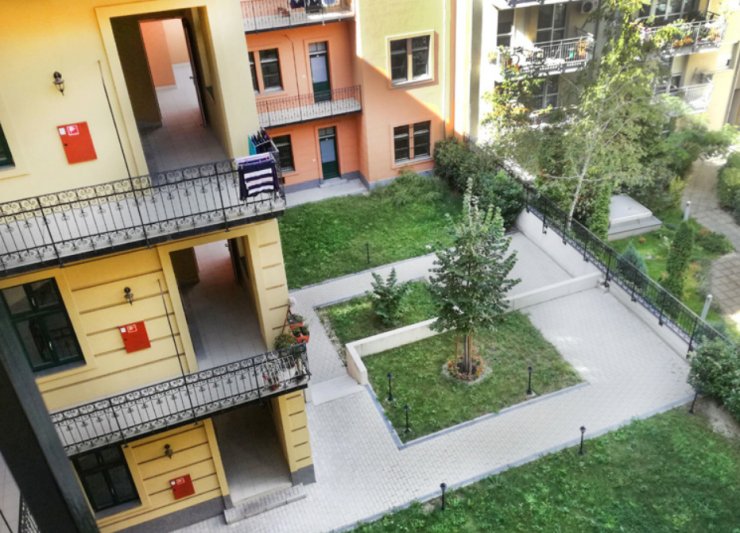

































Hozzászólások
Log in or register to comment!
Login Registration